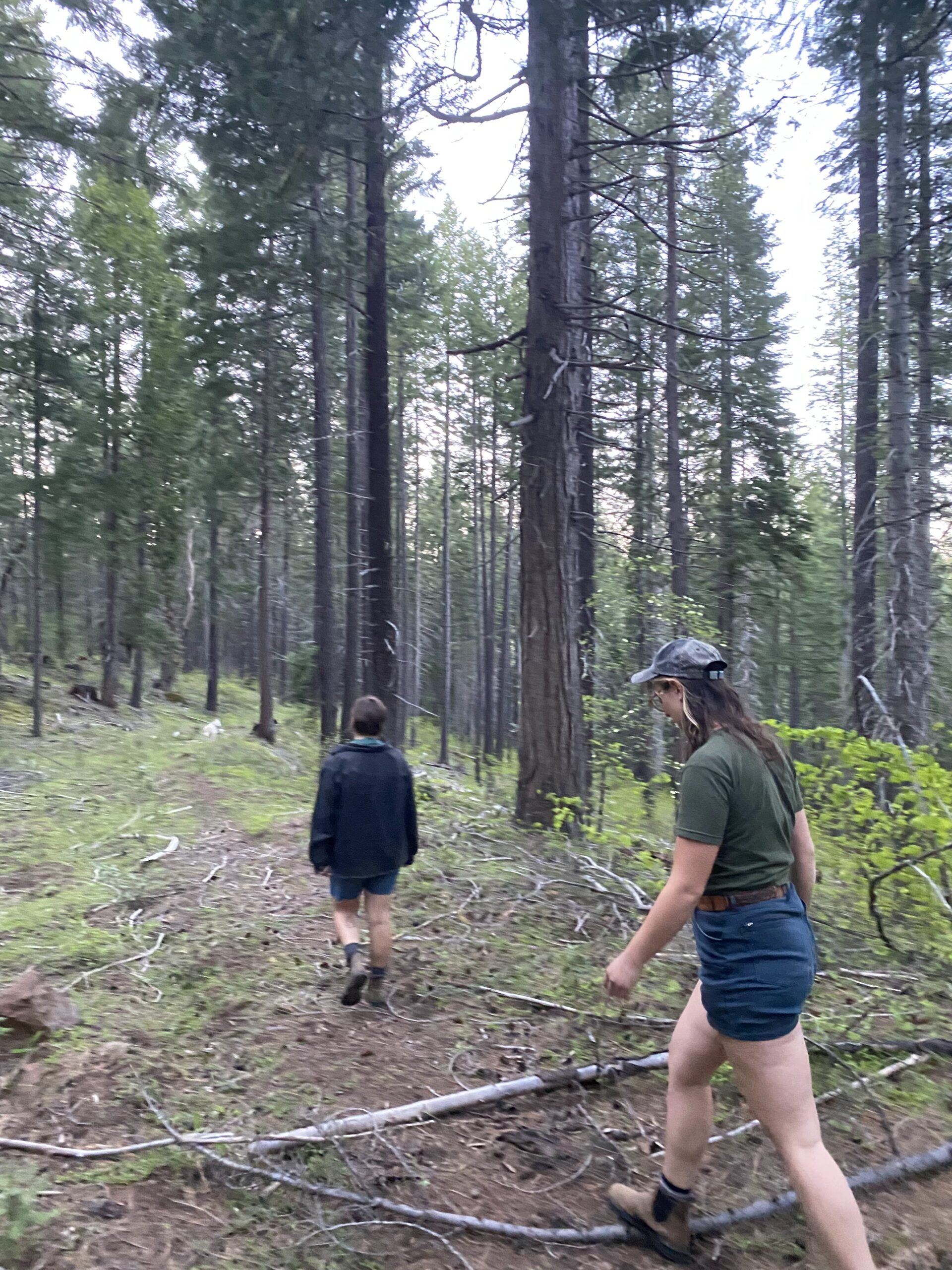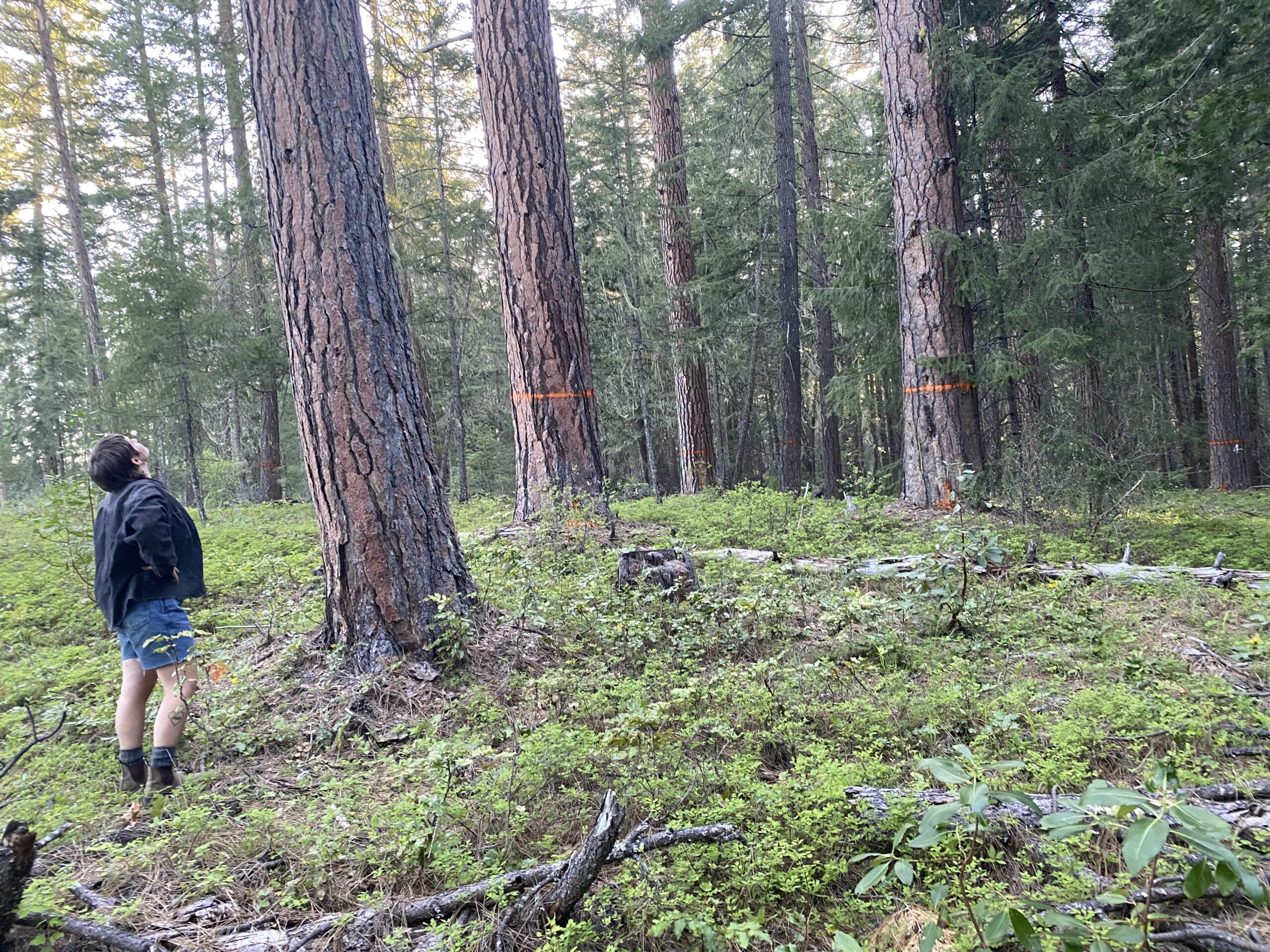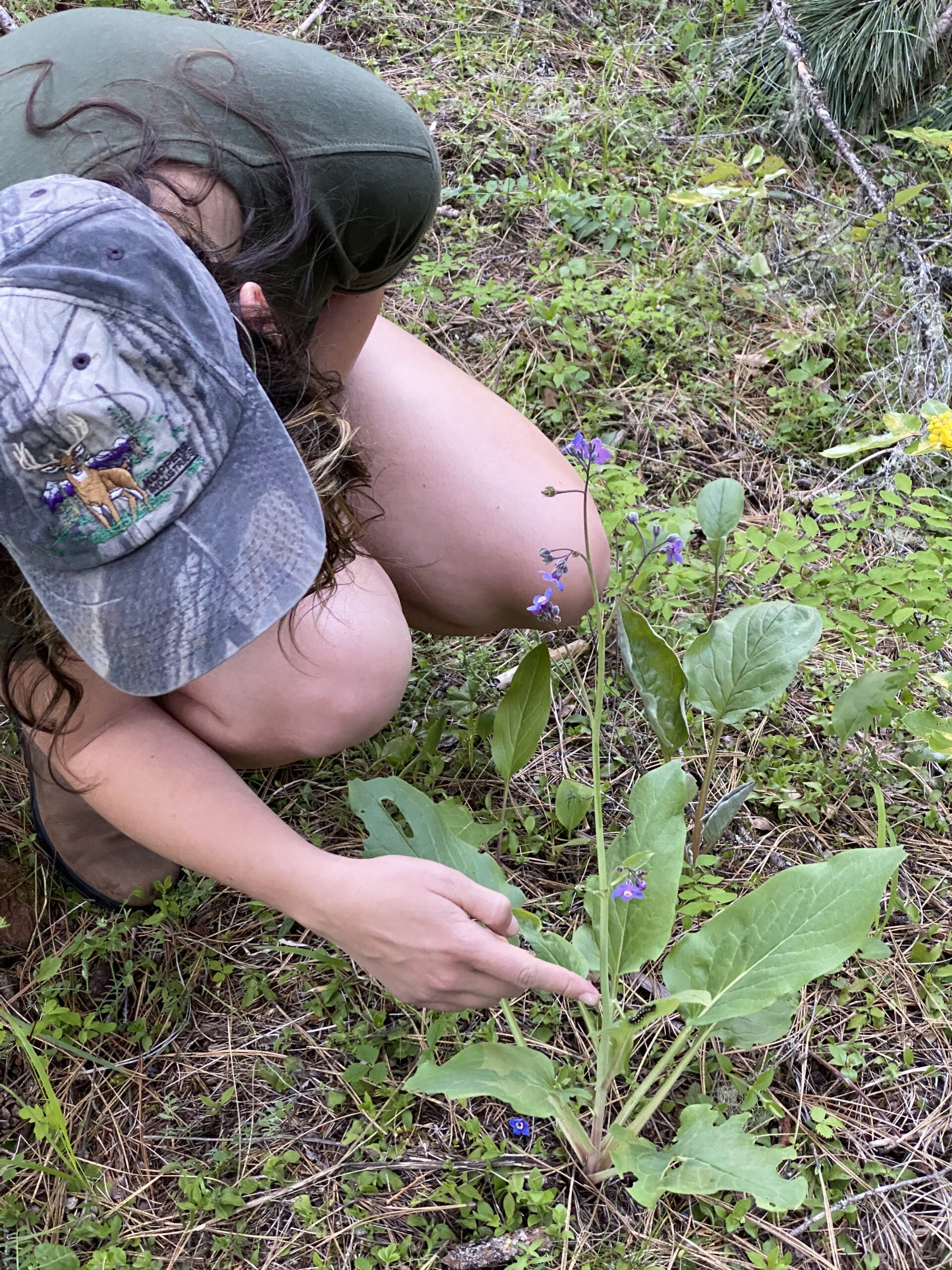By Dana McHenry (she/her)
I woke up to smoke settling on the Willamette Valley, and the smell churns my stomach. It’s July, or as most of us here in Oregon have come to know it — the beginning of fire season. As summer smoke fills the air, it is hard not to think about the 2020 fire season during which wildfires burned more than 1.2 million acres and destroyed approximately 5,000 homes. Now, as I write this, 31 wildfires larger than 1,000 acres are burning throughout the state. I hope this is not our new normal.
Watch Duty, an incredibly important and useful app that tracks wildfires throughout the country often alerts me over ten times per day about fires in my area. With each alert, my heart sinks. I can’t help but worry about those who are directly affected and on the brink of evacuation. Indirect effects are also a reality as many people are constantly on alert for wildfires during the summer months, taking a toll both mentally and physically.
While fire is a real concern across most regions of Oregon, Southern Oregon is particularly susceptible to large wildfires as it is dryer and hotter than much of the state. Understandably, the interplay of forest management and wildfire hazard in Southern Oregon is a priority in our evaluation of logging proposals on public lands throughout this region. In fact, this issue has been front and center of several recent legal challenges.

Though at the forefront of our minds, the Bureau of Land Management (BLM) consistently prioritizes timber volume over fire resilience and treatments that could reduce fire severity on public lands. Under the National Environmental Protection Act (“NEPA”), a federal agency, such as the Bureau of Land Management, must analyze and disclose the impacts of a proposed project on the environment. Specifically, federal agencies must take a hard look at the environmental consequences of their actions and disclose them to the public. This typically takes the form of an Environmental Impact Statement (EIS) or an Environmental Assessment (EA). An EA, among other things, must include a reasonable range of alternatives to the project with the first being a no-action alternative. This no-action alternative acts as a baseline for all environmental factors within the project area that each other alternative is compared to accurately assess the project’s impact. Adherence to this important procedure, thorough analysis, and recitation of potential impacts are precisely what we look for when evaluating timber planning documents.
The Bureau of Land Management must provide a detailed analysis for issues it determines would be significantly impacted by the project. This analysis, theoretically, should inform the Bureau of Land Management’s decision making, and its disclosure through public-facing planning documents allows the public to weigh in on the management of their public lands.

Recently, the Bureau of Land Management published a draft EA and solicited public comment for the South Clark Forest Management Project. The Project proposed 2,238 acres of heavy logging just outside of Butte Falls, Oregon. The Project Area is within the footprint of the 2020 Obenchain Fire that nearly consumed several Jackson County communities.
The Bureau of Land Management stated it would log by employing a method called regeneration harvest, colloquially referred to as “clear-cutting.” Included in the proposed clearcut acreage was approximately 600 acres of Wildland Urban Interface (“WUI”). The term WUI (pronounced woo-ee by forest defenders and agency personnel alike) is important to understand here. It is the zone of transition between unoccupied/natural land and human development and is a term well-known by those in areas especially prone to wildfires, such as residents of Jackson County.
Despite the proximity to local communities and the ever-present reality of severe wildfire in Southern Oregon, the BLM omitted consideration of how the Project’s proposed logging would affect the severity and intensity of wildfire in the forest and surrounding communities. The BLM identified that its heavy logging would result in a direct increase in fire hazard (severity and intensity) for up to 50 years. According to BLM, the Project, overlapping and adjacent to the 32,671 acre South Obenchain fire footprint (2,109 of which are within the South Clark Project Area), warranted no further consideration or more detailed disclosure.Timber generation was the only issue BLM identified in its analysis.
Even as a law student, developing my understanding of environmental law and forestry science, I could tell this was egregious and irresponsible.
Cascadia Wildlands, Klamath Siskiyou Wildlands Center (“KS Wild”), and Oregon Wild submitted two detailed comments to the BLM. Both addressed the extreme risks and increase in fire hazard associated with the Bureau of Land Management’s treatments and implored the Bureau of Land Management to “implement an alternative that does not increase fire risk in [the] WUI for the community of Butte Falls.” The comments outlined the environmental consequences associated with the irresponsibly selected forest treatments and the agency’s timber tunnel vision.

Regeneration timber harvests create young, even-aged stands — picture a Christmas tree farm — primarily due to the high density of ground fuels and the concentration of heat. Low-lying and interlocking branching, lack of mature trees that can provide shade and block lateral wind movement, and the accumulation of slash or woody debris produced by logging render the post-treatment area a tinderbox. Light thinning, on the other hand, promotes fire resilience by decreasing the amount of thin, crowded trees that increase heat energy and are rapidly consumed during a wildfire.
The BLM published the final EA, authorizing this Project, on July 12, 2024. And, to our pleasant surprise, they took the comments seriously. In fact, BLM removed all regeneration harvesting in the WUI and decreased the total number of acres to be harvested by nearly half. This was a huge win.
Is the final EA perfect? No. However, the change within the final EA marked the meaningful and collaborative public process envisioned under the National Environmental Policy Act. This type of land-planning and public engagement prevents litigation — a timely, expensive, though sometimes necessary tactic to protect our forests and communities — and develops confidence in public land management agencies. Moreover, potential fire hazard will be dramatically decreased. The WUI and the forest nearest to Jackson County communities, like Butte Falls, will be preserved in a more ecologically beneficial and fire-resilient state.
Cascadia Wildlands is ever on the lookout for harm to our unique forests and constantly advocating for wildfire-resilient, conservation-centric, and public-process driven land management. Logging may be a way of life for many in Oregon, but federal agencies like the BLM are required to balance their interests in timber production with conserving and protecting the environment for everyone and everything that calls them home.6 Fire impacts all of us.
As I watch the smoke grow thicker and think about the status of my “go-bag,” I am grateful for public processes and community and environmentally informed forest planning such as what occurred in the South Clark Project. I am grateful for the sometimes hearbreaking and thorough work Cascadia Wildlands and others do to defend our forests. Protecting our forests does more than protect what lives directly within them. It protects all of us within Oregon and beyond.


